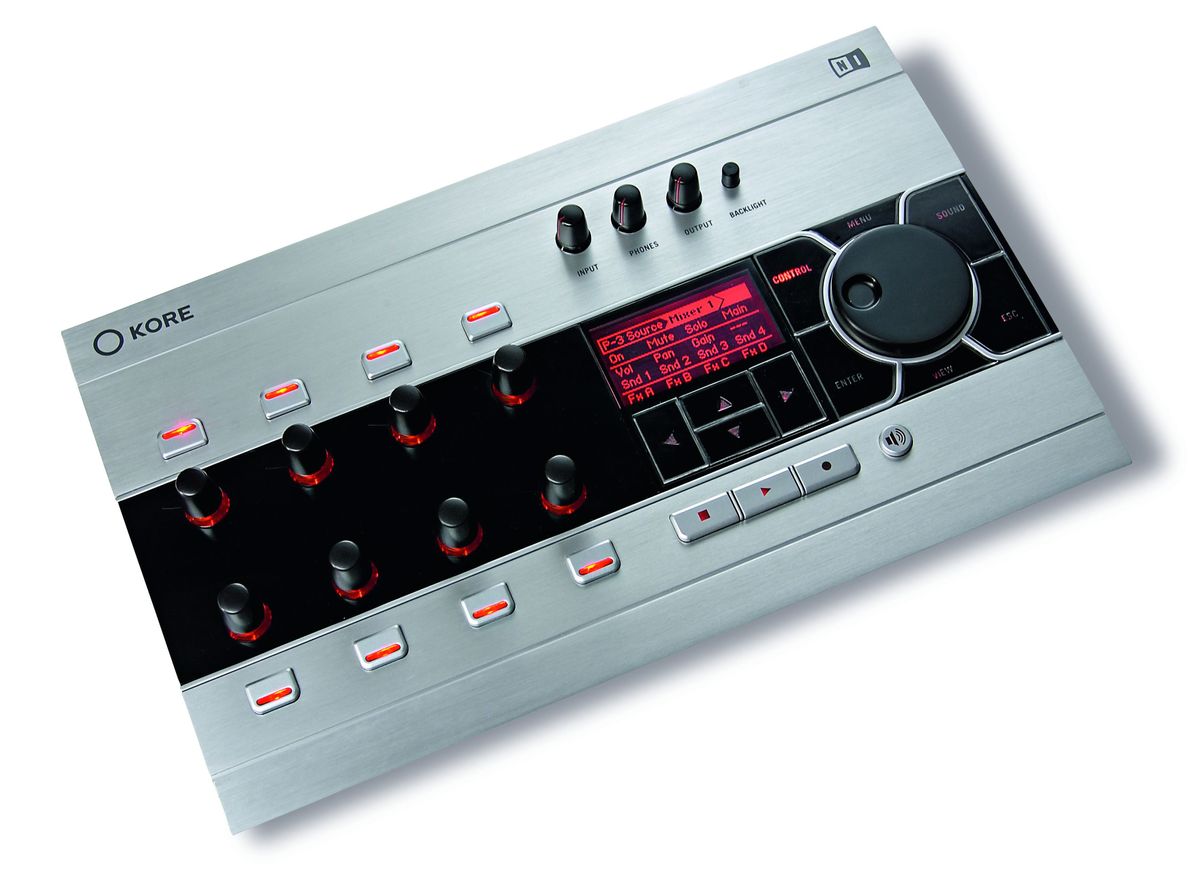

Realize again that you need to insatiate your template with one fader using the play icon or perhaps cmd-E to real world test your creation to. Realize somehow that creating a constant and setting it’s name to /SetValue is the black magic wizardry that you require. Associate this string of cheese with the OSC message drop down, OSC /fader1/SetValue x Combine the dry mix with the eggs and water you perfectly portioned earlier and bake at 375 degrees Fahrenheit and marvel at the combination that is fader1/SetValue. You are only light years away at this point. Continue gleaning knowledge from the cosmos and somehow come up with this appendage /SetValue. Glean more knowledge from the cosmos and associate a forward slash with that will you. Now let’s make note of the associated OSC name fader1. That’s just creating the object, its miles away from moving that widget in GP and it’s decades away from changing a parameter on your plugin. You’ve created a fader in OSC and found where to indicate it’s orientation in the menu in Touch OSC, you’ve also made hard decisions about colour, whether the object will be visible, interactive, have a background graphic, have an outline, grab focus, be a focus puller, perhaps maybe be a fluffer on a porn set, all that action has gone through your mind and you’ve decided what’s best to attribute to your fader now.

#NATIVE INSTRUMENTS CONTROLLER EDITOR COLOR CODE#
OSC create a fader, and then try and wrap your mind around the way a fader is orientated in OSC, North East West or South, oh I want a North orientated fader, what does that even mean, some faders can be vertical or horizontal, GP refers to faders as sliders because the Gods who wrote the code in GP love hamburgers for instance and sliders are widely also know as tiny little burgers a la carte. One fader for OSC to control and one fader to do likewise on the Traktor F-1 for arguments sake. Let’s count the steps assuming you are starting from scratch. Why does it take so long to program the OSC templates, take for instance for arguments sake you just want to program a single widget to be a fader. And additional 4 smaller with a default color. ġ6 dual or single colour buttons you can program with your choice of message on and off led color. Easy peasy nice and sleazy we always say around here. Midi monitor to check what’s making it to the computer. Simple and efficient to program even as a stand alone editor, the control editor, using pretty much just simple MIDI control change messages. Take this hardware controller case in point, the Native Instruments Traktor F-1. The Knights in Satan’s Service have taught me to Keep It Stupidly Simple. However having a limit is I believe a thing of beauty, working with what you have, keep is simple stupid. īasically being wireless communication, IP’s and ports and checking back and forth, transferring templates from desktop to device, so many hoops to jump through even though once you learn them they become faster, the addressing part of programming is terse and long. Shut up and play guitar … less is more, programming is a means to an end and if the end is fraught with disaster and pathos than you can’t justify the means. Many and awesome, the sky is the limit, you can create and program almost anything GP has code for and that’s a lot of possibilities, daunting. Why once I thought touch OSC was the BOMB, and after a harsh learning curve, I’m glad to be rid of it, to an extent. A long winded diatribe relating to programming in GP with a hardware MID/USB controller versus TouchOSC.


 0 kommentar(er)
0 kommentar(er)
